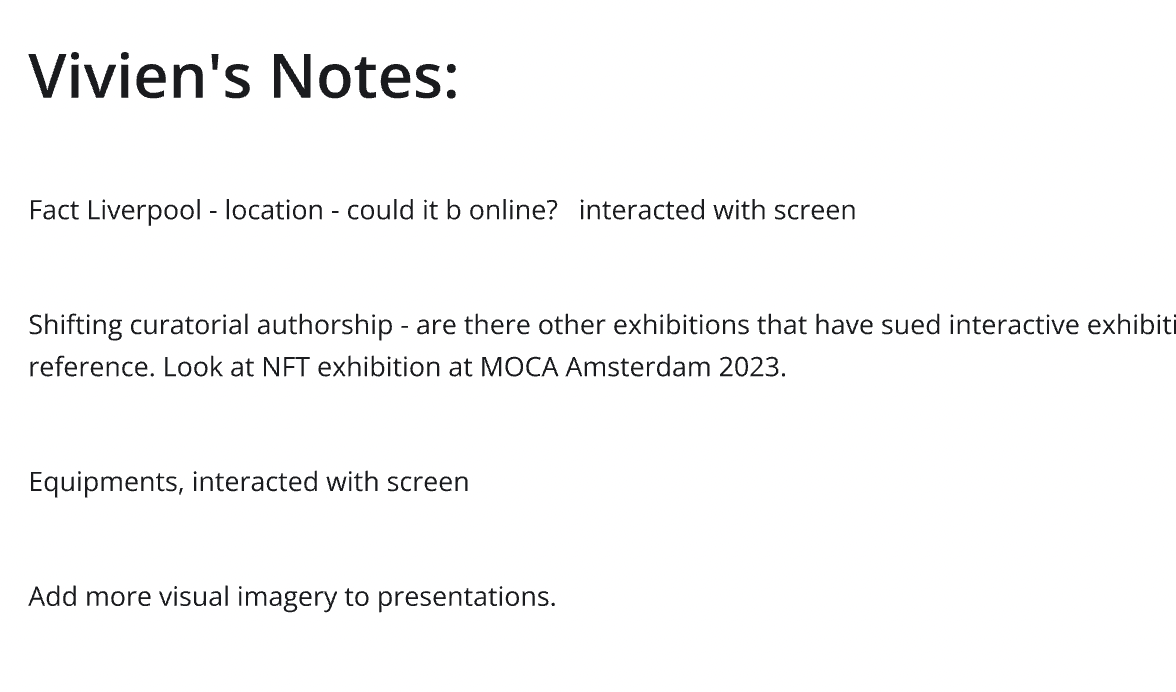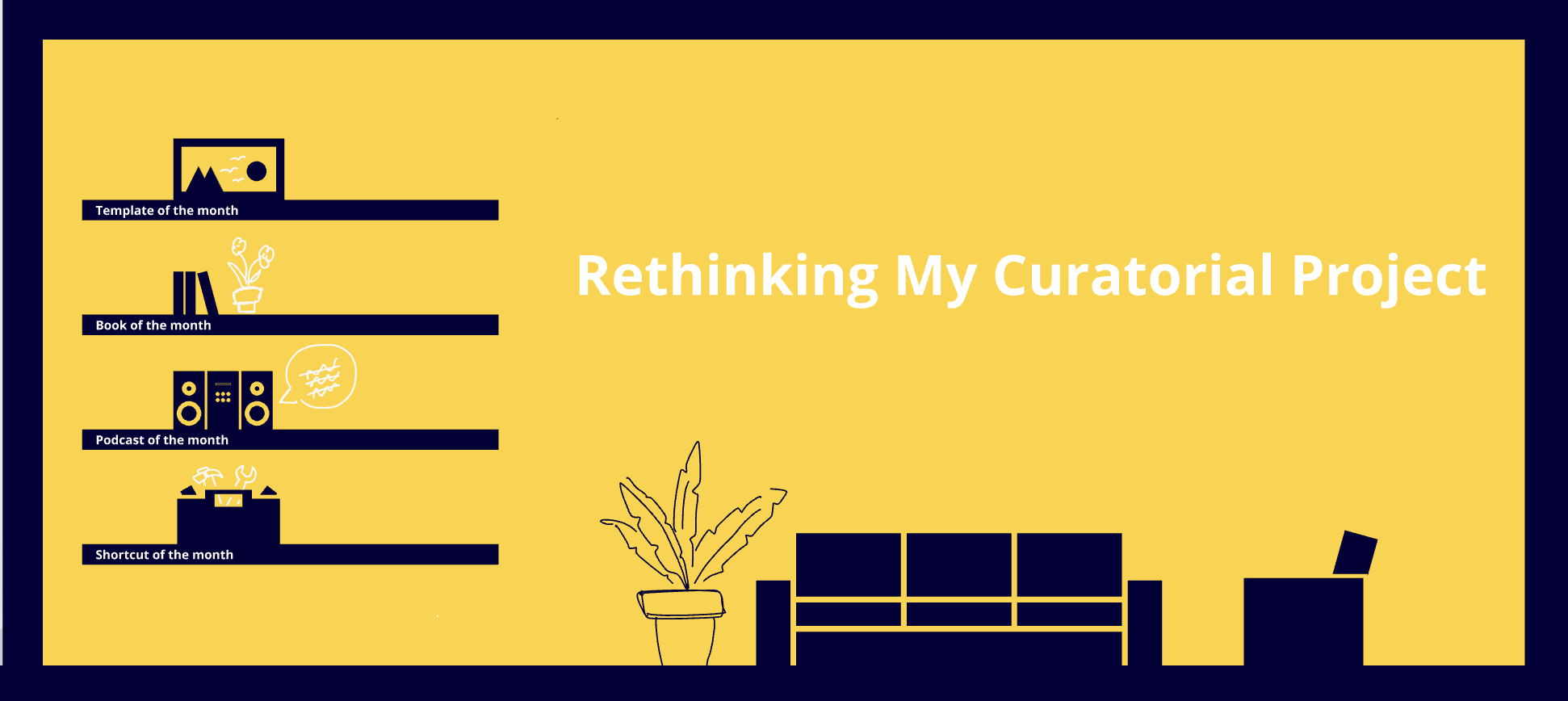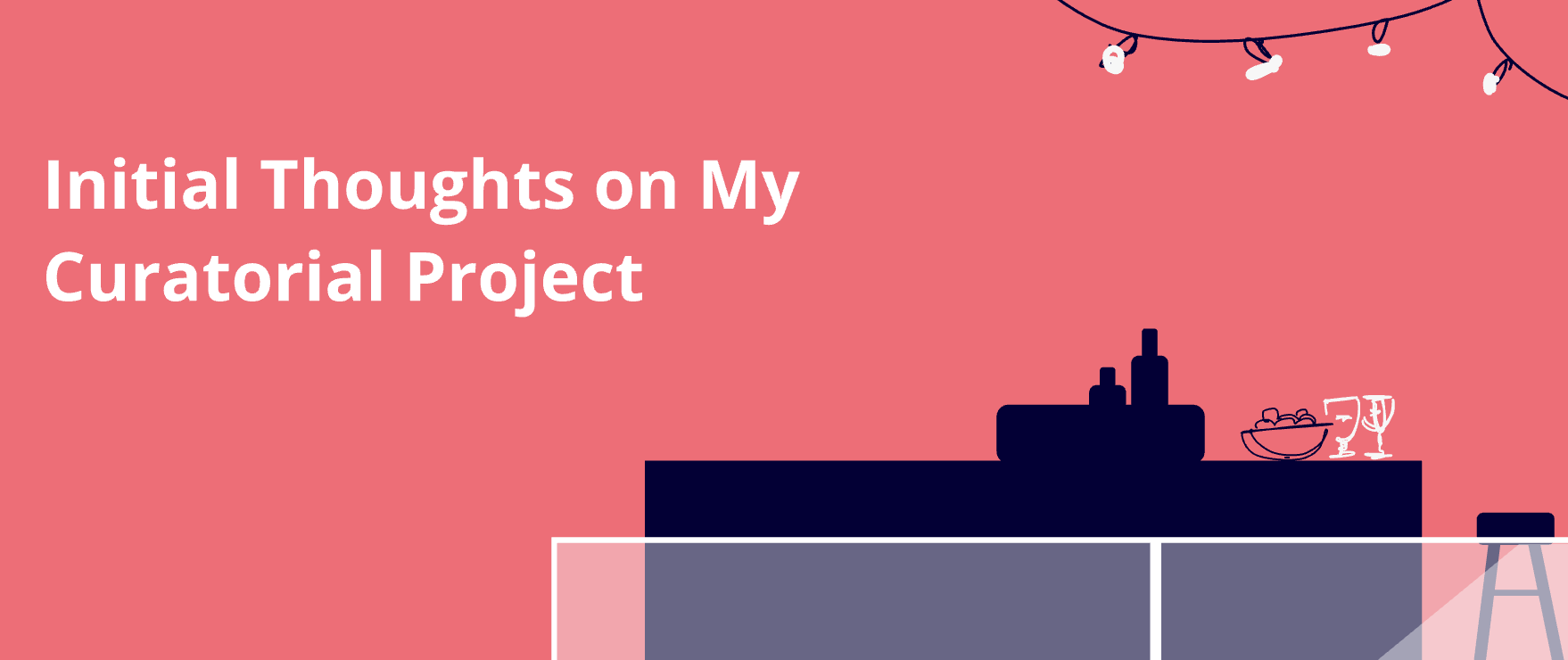This blog traces two intertwined paths:
one collective, one personal.
🔶 In the first part-Weekly Blog Index (12 Posts) you’ll find reflections from a shared curatorial experiment — where ideas were grown, tested, and reshaped with others.
🔷 In the second-Personal Project Blog Index (10 Posts), you’ll step into Fluid Curating — my own evolving project exploring co-authorship, decentralisation, and living exhibition spaces.
Each post opens a door into the thinking, making, and re-making that shaped this curatorial journey.
You can click each blog title below to read the full post and follow the evolution of the project across the semester:
🔶 Weekly Blog Index (12 Posts)
W1 – Welcome to Hanyun Xue’s Curatorial Universe
Initial introduction to my curatorial identity and reflections on curatorial roles
W2 – Initial Thoughts on My Curatorial Project
Early brainstorming around value, symbolic power, and decentralisation in the art market
W3 – Rethinking My Curatorial Project: From Symbolic Power to Decentralized Ecologies
Shifting conceptual frames from institutional critique to ecological metaphors
W4 – 11:11 | The Curatorial Lucky Signal ✨
Peer exchange and collective mapping of curatorial urgencies during our 11:11 session
W5 & W6 – Reflecting on My Curatorial Presentation & Next Steps 🚀
Lessons from peer feedback and collaborative next steps with the collective
W7 – Reflections on CORPSE FLOWER & New Directions for Fluid Curating 🌿🔍
Site visits and evolving ideas through field encounters with ecological curation
W8 – Tracing Emotion Through Space: Three Galleries, One Heart – My Field Notes from Glasgow
Visceral responses to gallery environments and sensory exhibition design
W9 (1) – Summerhall Collective Space: Curating with Comfort, Play and Co-Creation 🌿
Flower arranging, film sharing, and non-verbal curating in a student-led collective setting
W9 (2) – Speed Curating at CAT × CAP: Conversations that Sparked Something Real 🎡
Micro-dialogues with CAP artists that reshaped my curatorial methods
Blog 10 (1) – Reflection & Expansion|From Conceptual Ambition to Grounded Possibility
Defining my curatorial voice through peer feedback and practice
Reference: Week 10 (Reflective Practice), Peer Review, Project Refinement
Blog 10 (2) – Curatorial Tools & Collective Voice|Expanding the Tactics of “Fluid Curating”
Exploring sound-based curation, Woolclap, and collective authorship in curatorial design
Reference: Week 10 (Public Programme), Week 11 (Methods & Access)
Week 11– 11:11 Collective Recap: Where Collaboration Meets Curation
Hands-on learning through digital tools and shared making in the classroom
Collective curatorial project
W12 – A Curatorial Experiment at Summerhall – Fear as a Method
Final reflections on our collective exhibition: co-creating fear and care through art
🔷 Personal Project Blog Index (10 Posts)
Blog 1 – Project Title & Narrative|From Authority to Co-Creation: Why I Curate “Fluidly”
Exhibition motivation & vision: decentralisation, co-creation, fluidity
Curatorial questions: Who holds the power to define meaning?
Reference: Week 1 (Intro), Week 2 (Platforms and Institutions)
Blog 2 – Curatorial Thinking & Theoretical Framework|Decentralisation Is a Practice, Not a Concept
Shifting from curator-as-authority to collaborative agency
Keywords: distributed authorship, curatorial power, horizontal practice
Reference: Week 4 (Curatorial Ethics), Week 6 (Artist-led Curation), Week 9 (Methods & Theory)
Blog 3 – Mediums & Artists|How CAP Artists Complete My Vision
Why participatory art fits a decentralised curatorial logic
Mediums: sound art, interactive works, co-created pieces
Reference: Week 8 (Media & Time), CAP × CAT Curatorial Encounter
Blog 4 – Exhibition Format & Structure|Designing a Rewritable Exhibition
Exhibition format: interactive spatial design, daily updates
Layouts: rhizomatic flow, colour-coded paths, naming corners
Reference: Week 7 (Site Visit), Week 8 (Systems Curation)
Blog 5 – Audience & Public Engagement|The Audience Is Not a Guest, They Are a Curator
Participation tools: voting, naming, story-sharing, sound walls
Highlighting the shift from spectatorship to co-authorship
Reference: Week 9 (Publics), Week 10 (Audience & Participation)
Blog 6 – Ethics & Accessibility|Who Speaks? Designing an Ethical Shared Space
Designing space for all: voice permissions, anonymity, co-authored meaning
Tools: Woolclap platform, sensory alternatives, multilingual interfaces
Reference: Week 4 (Ethics), Week 8 (Access), Week 10 (Inclusive Design)
Blog 7 – Budget & Realisation|Budget, Ethics, and Tools: Making It Real
Delivering the project within £2000
Technical tools used: low-cost, open-source systems
Reference: Week 11 (Planning & Budget), Week 4 (Ethics)
Blog 8 – Legacy & Public Programmes|Curating Beyond the Timeframe
Activities: Sound Bazaar, co-curated talks, real-time storytelling
Redistributing curatorial authority through live public interaction
Reference: Week 9 (Social Curation), Week 10 (Public Programming)
Blog 9 – Afterlife & Documentation|Zine and Market Report: Letting the Audience Speak After the Show
Zine as a co-authored curatorial document
Market trend report based on audience interaction and feedback
Reference: Week 9 (Publishing as Curation), Week 11 (Archiving)
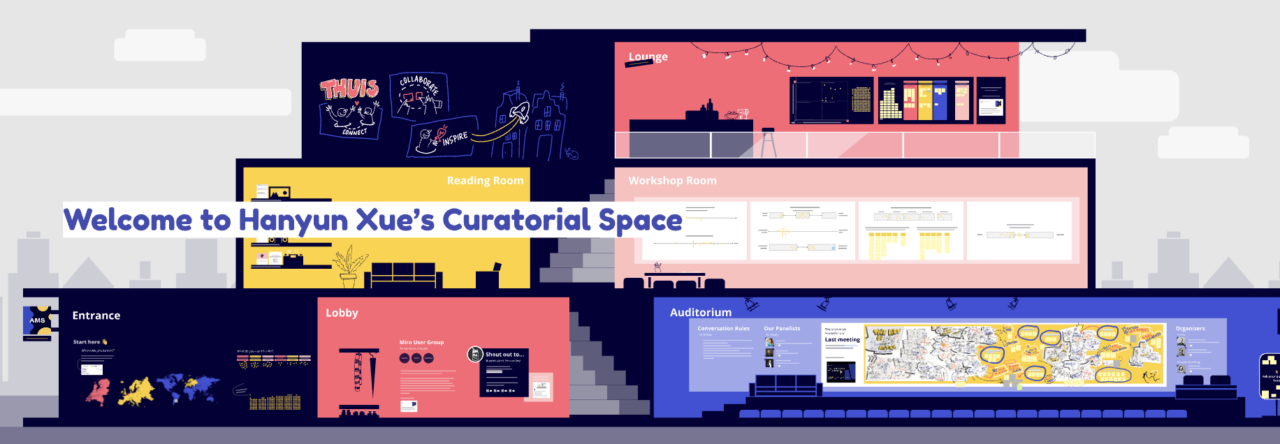
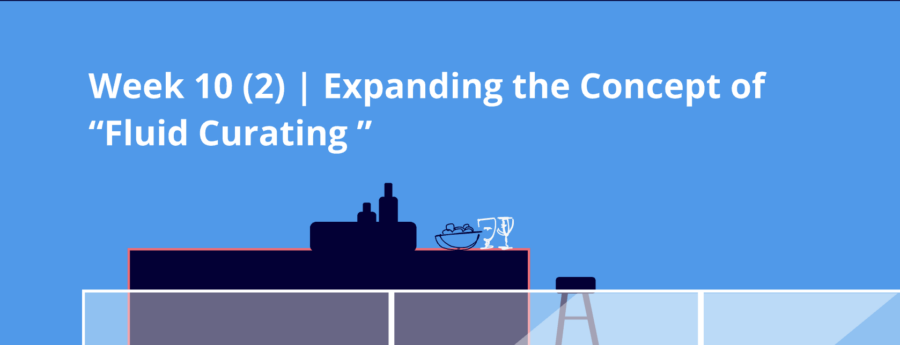
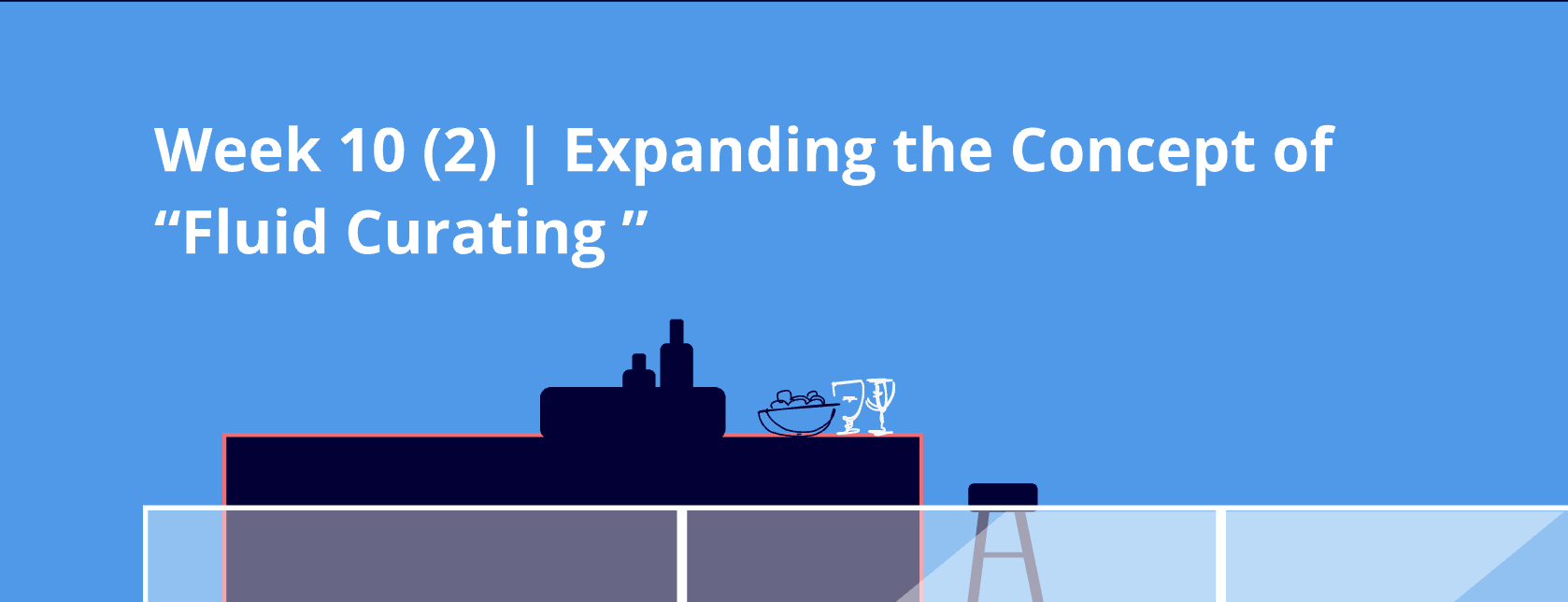 🌊 My Exhibition Is Not a “Finished Product,” But a Flowing Relationship
🌊 My Exhibition Is Not a “Finished Product,” But a Flowing Relationship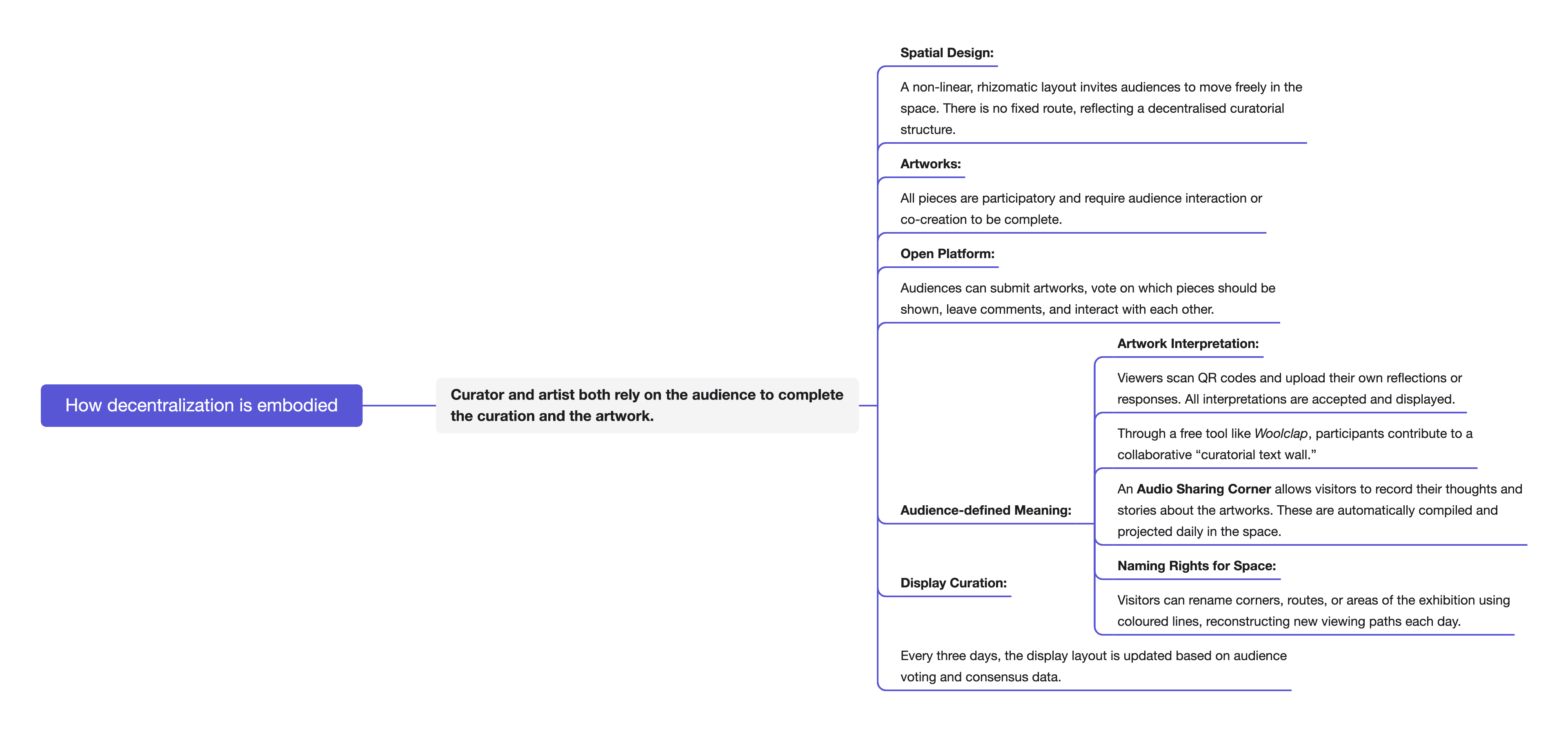
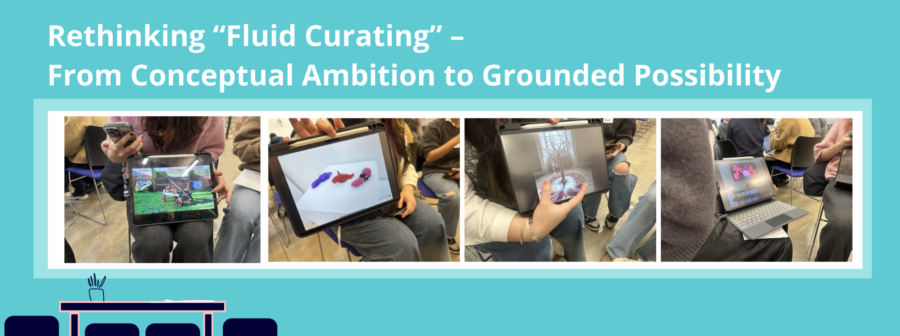
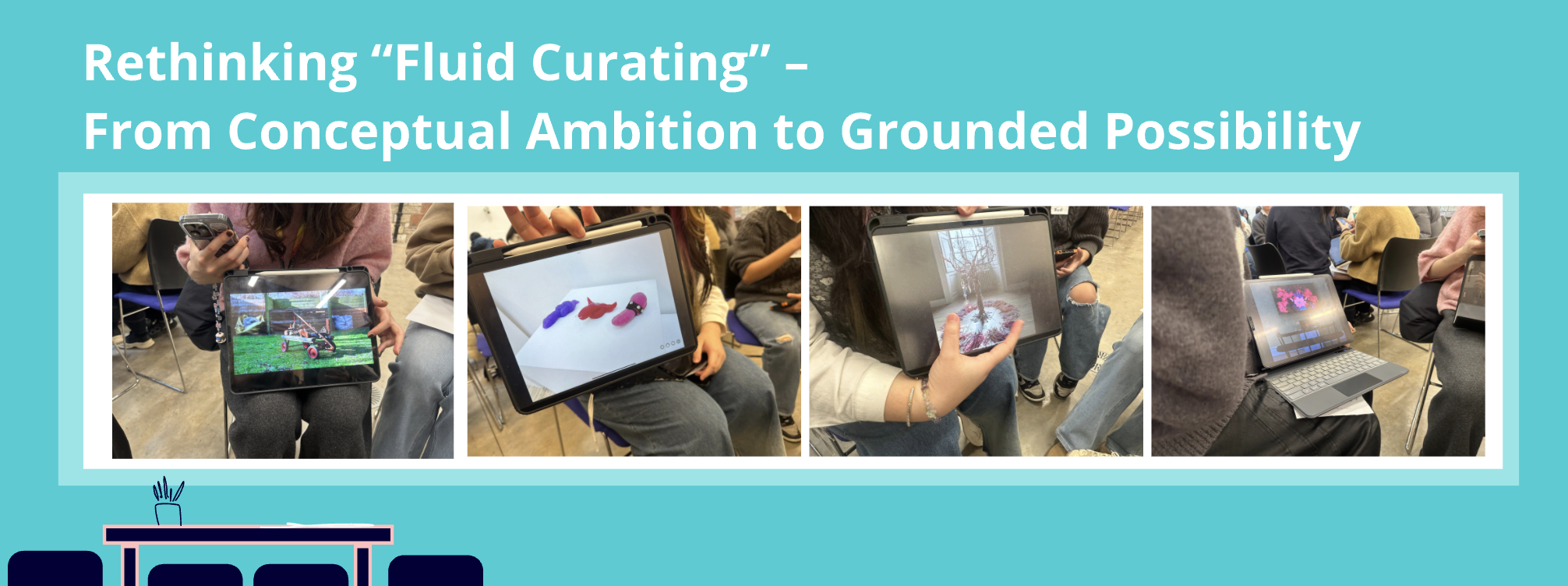
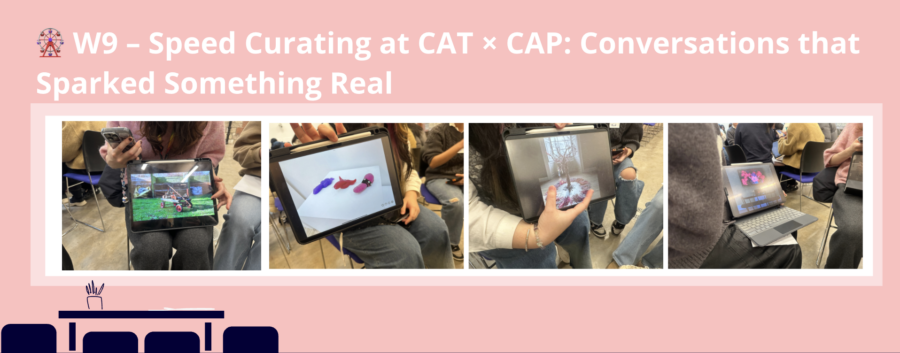
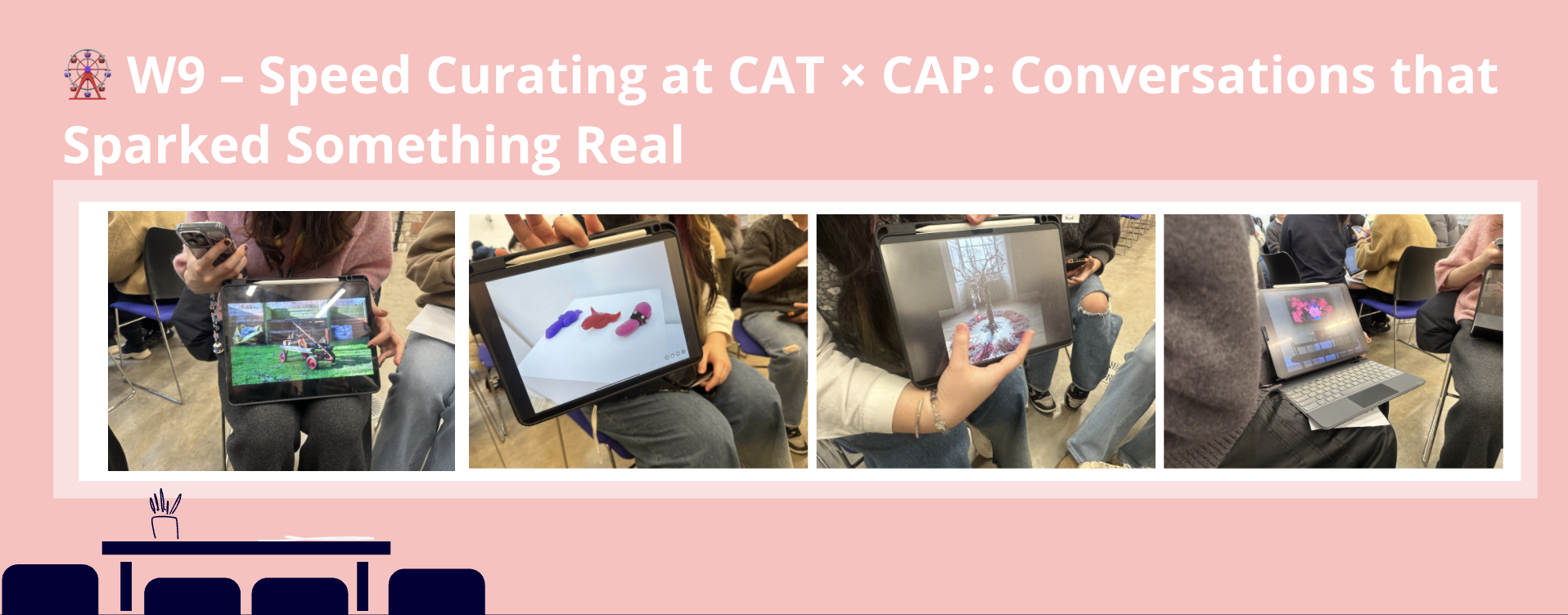
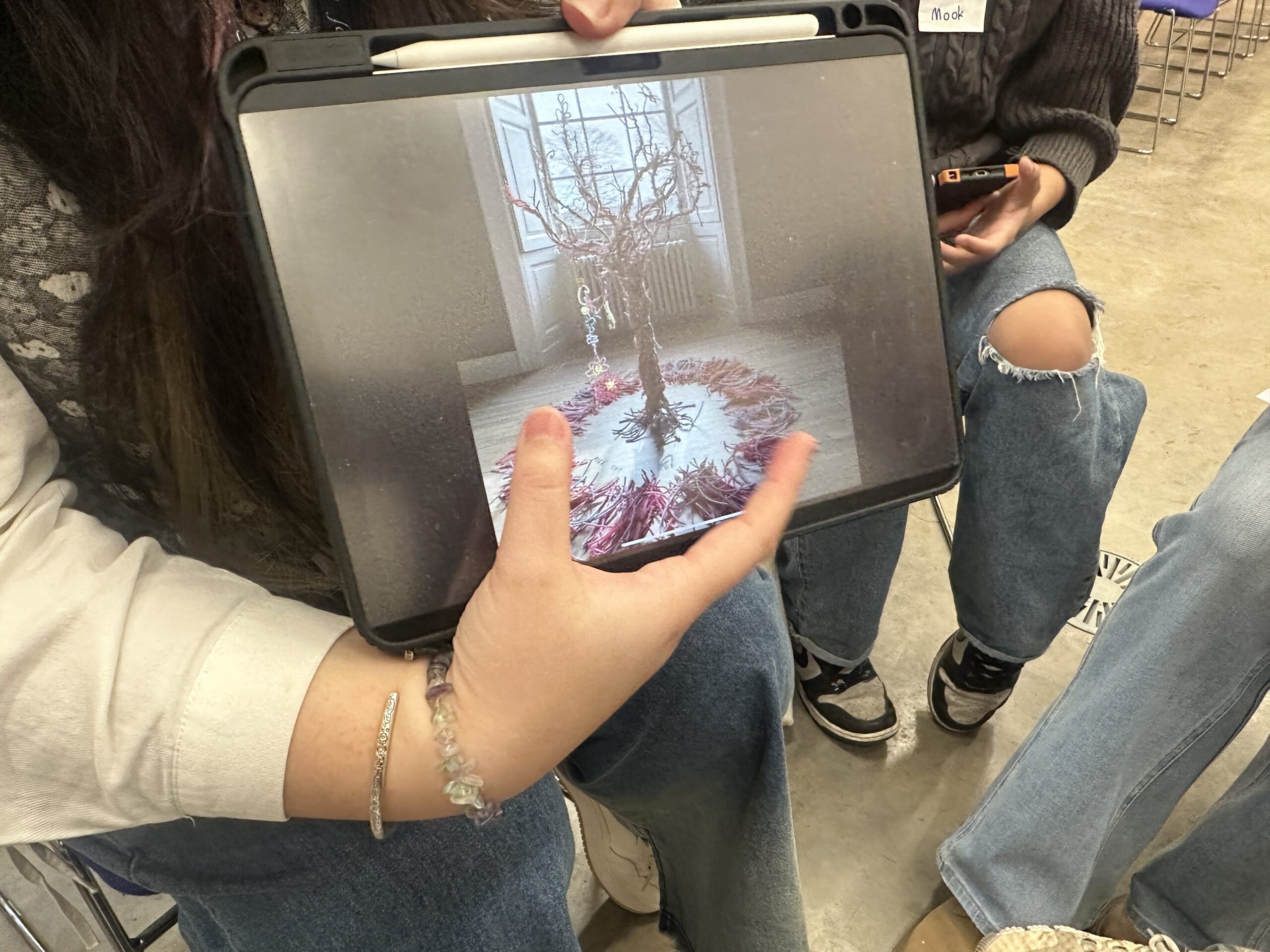
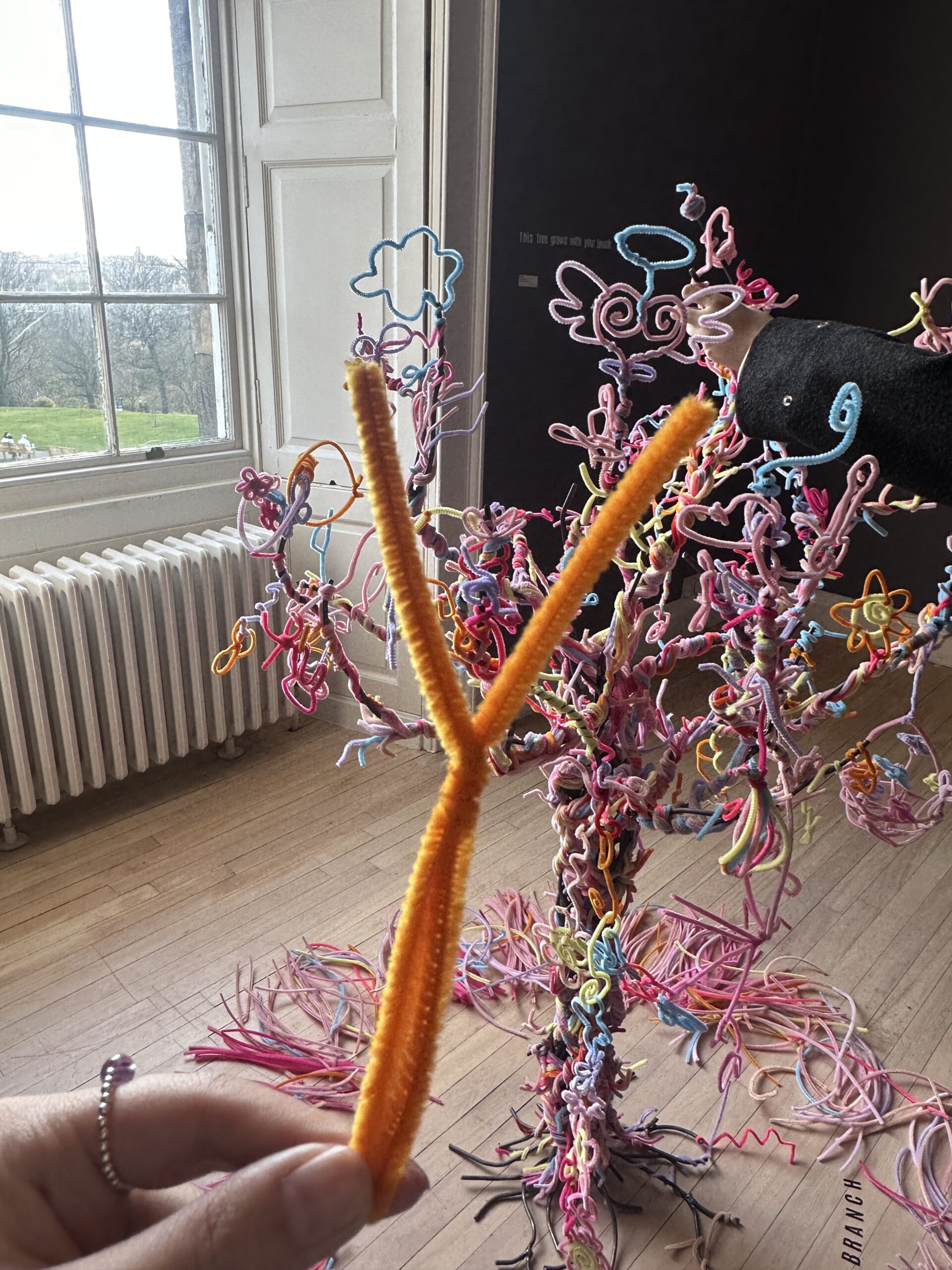
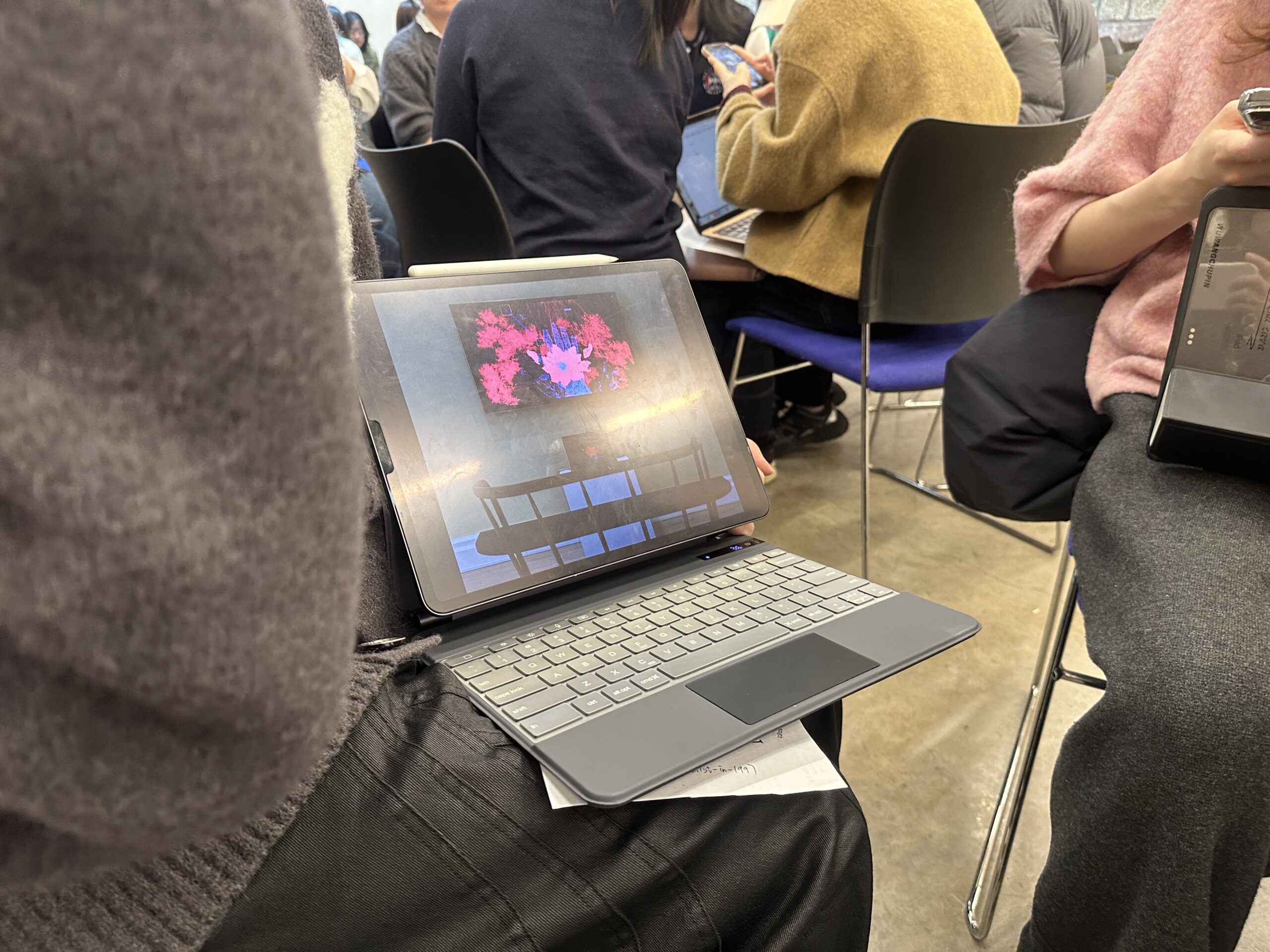

 This week, I visited CORPSE FLOWER, an exhibition curated by MA Contemporary Art Practice students at Inverleith House, Royal Botanic Gardens Edinburgh. The show examined the delicate balance between fragility and resilience in plant ecosystems, mirroring the fleeting bloom of the Titan Arum (the “Corpse Flower”)—which flowers for just a day before decaying. 🌺💫
This week, I visited CORPSE FLOWER, an exhibition curated by MA Contemporary Art Practice students at Inverleith House, Royal Botanic Gardens Edinburgh. The show examined the delicate balance between fragility and resilience in plant ecosystems, mirroring the fleeting bloom of the Titan Arum (the “Corpse Flower”)—which flowers for just a day before decaying. 🌺💫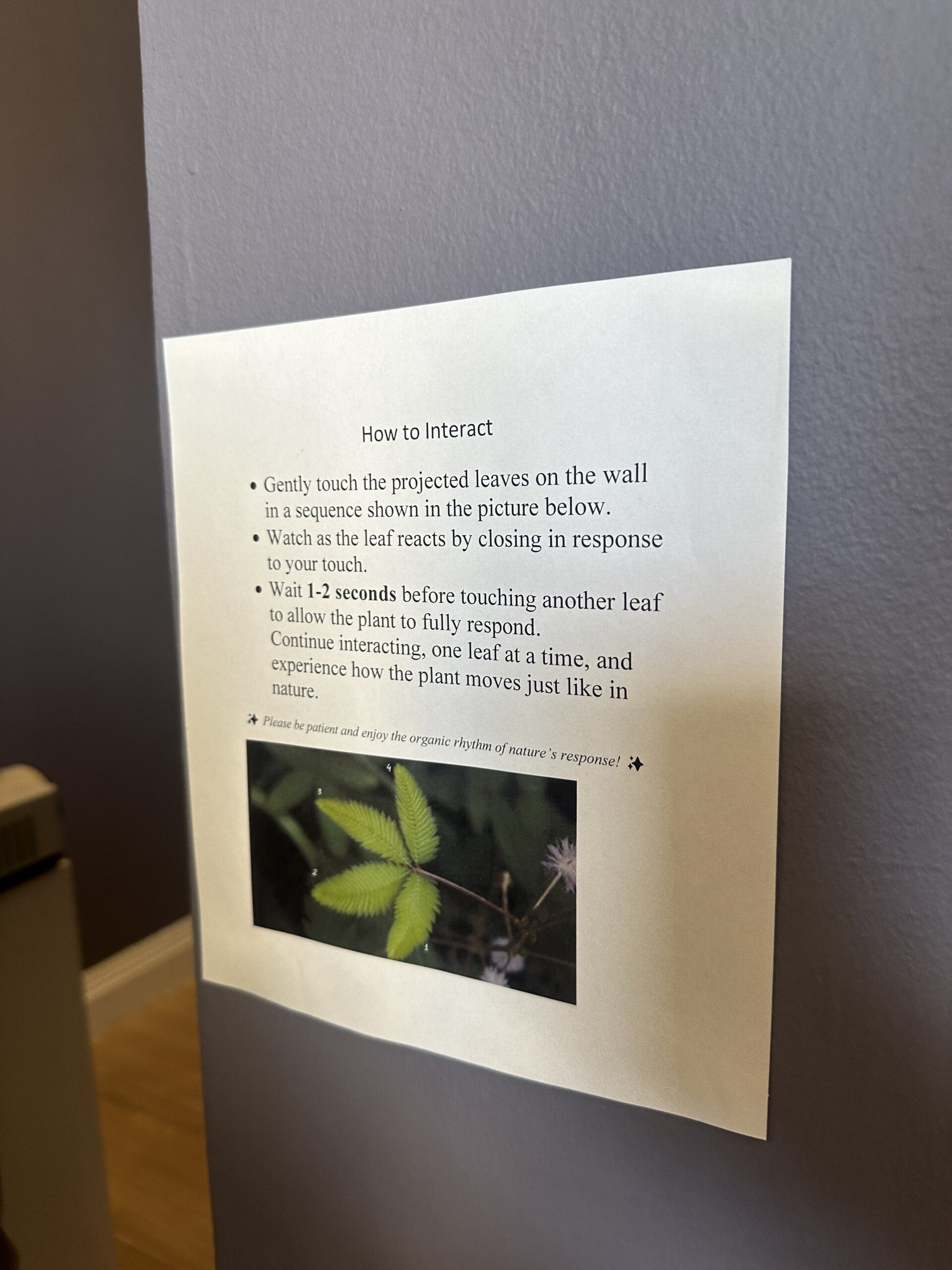
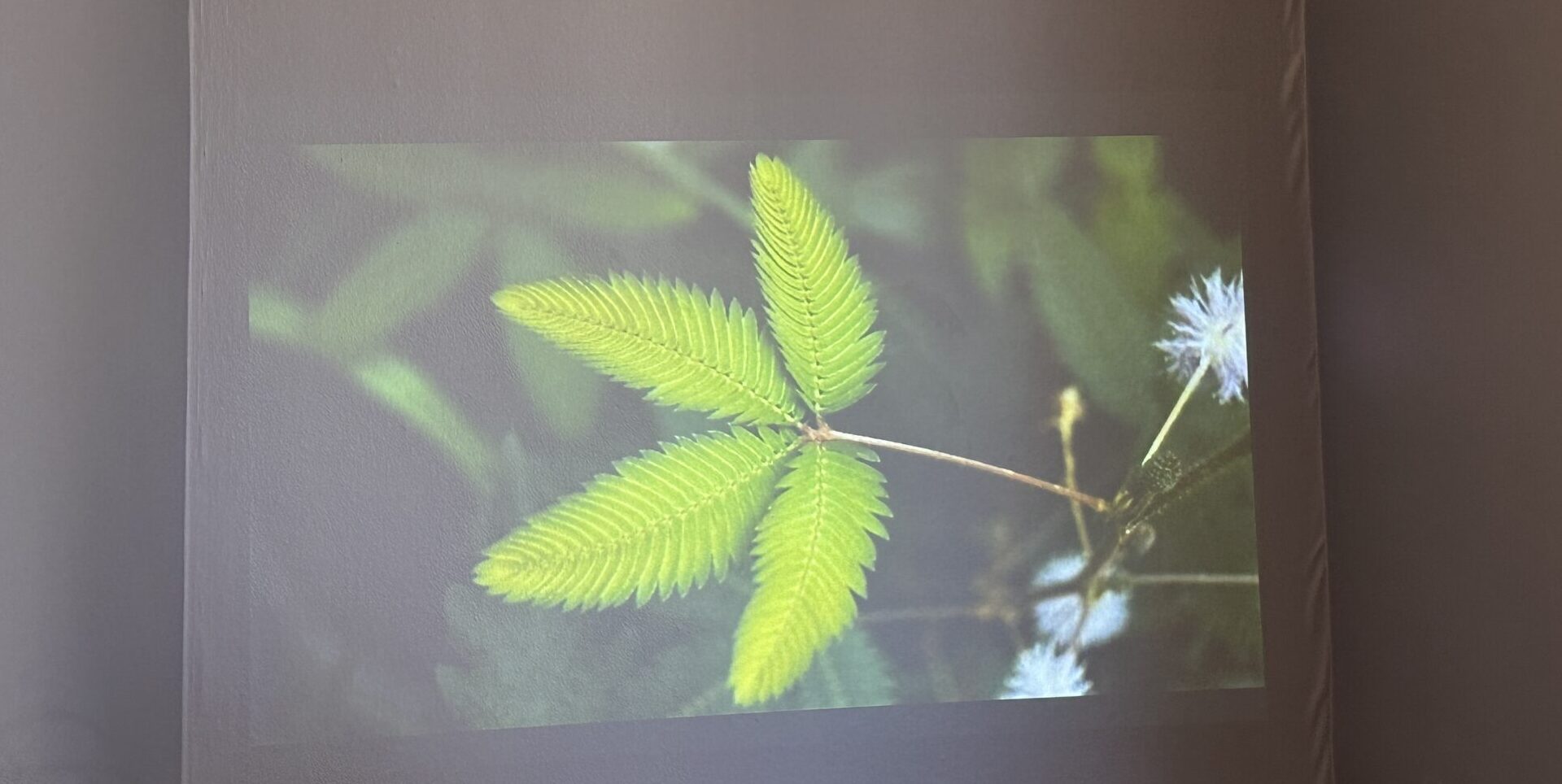
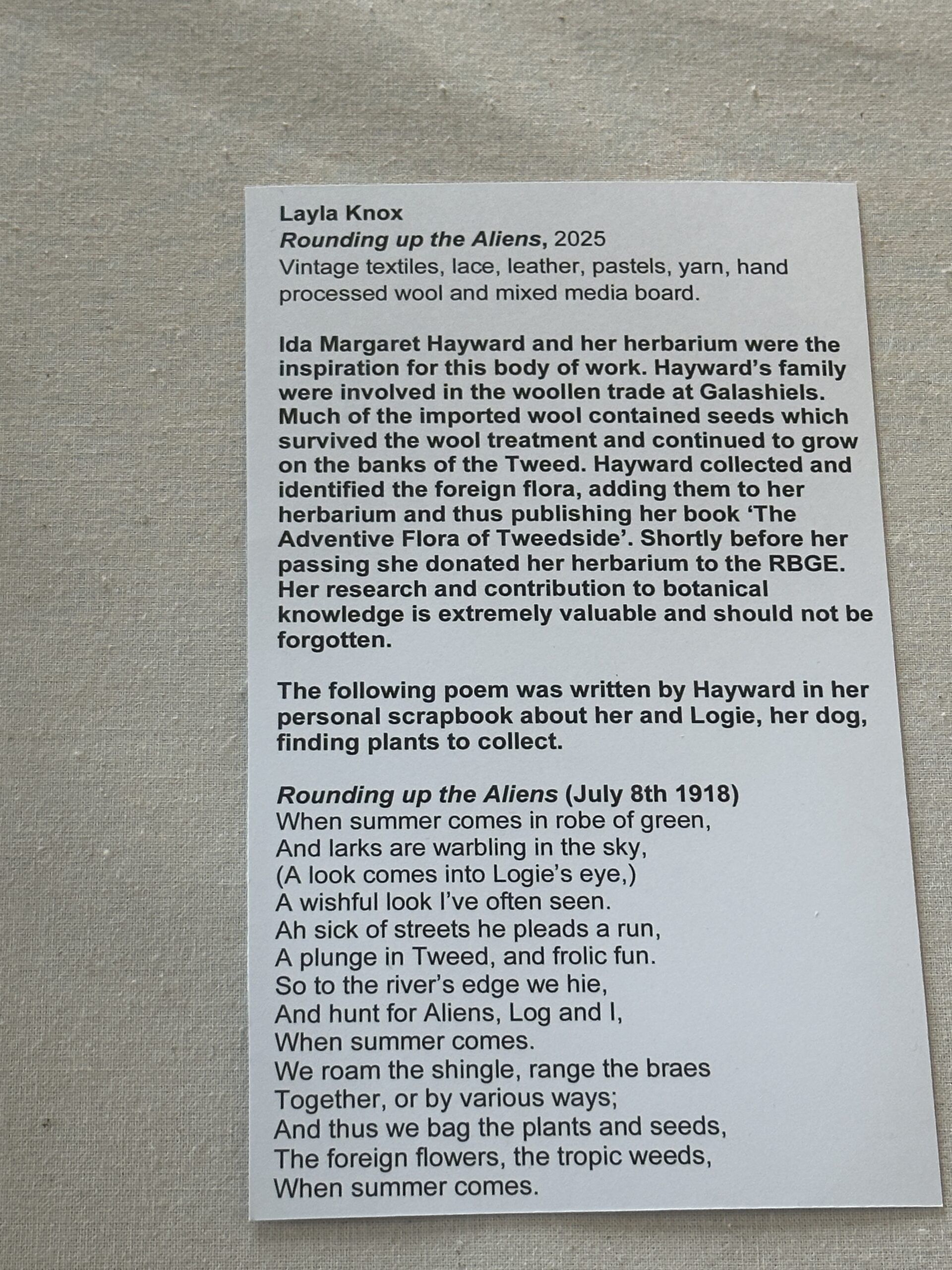
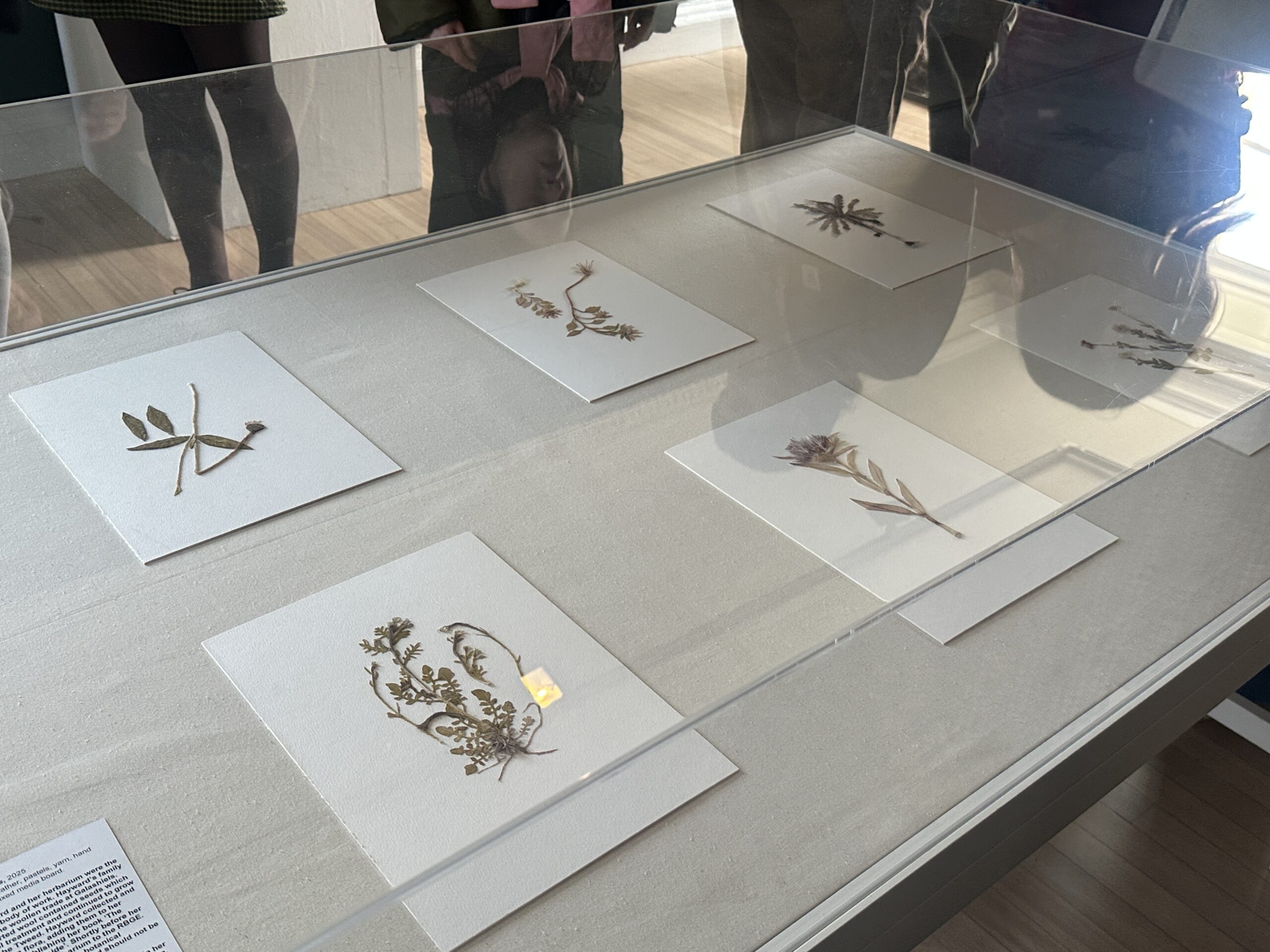
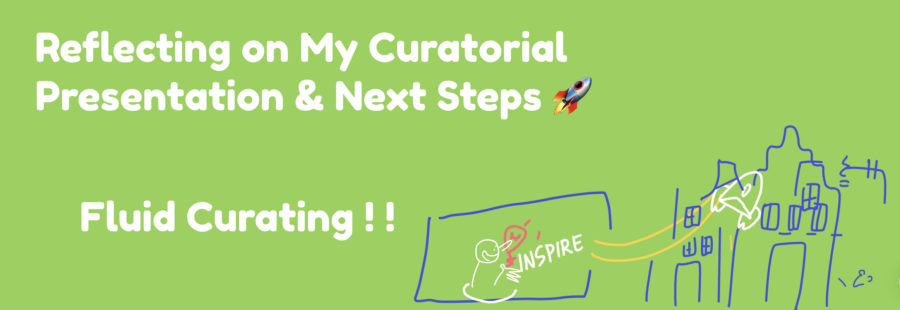
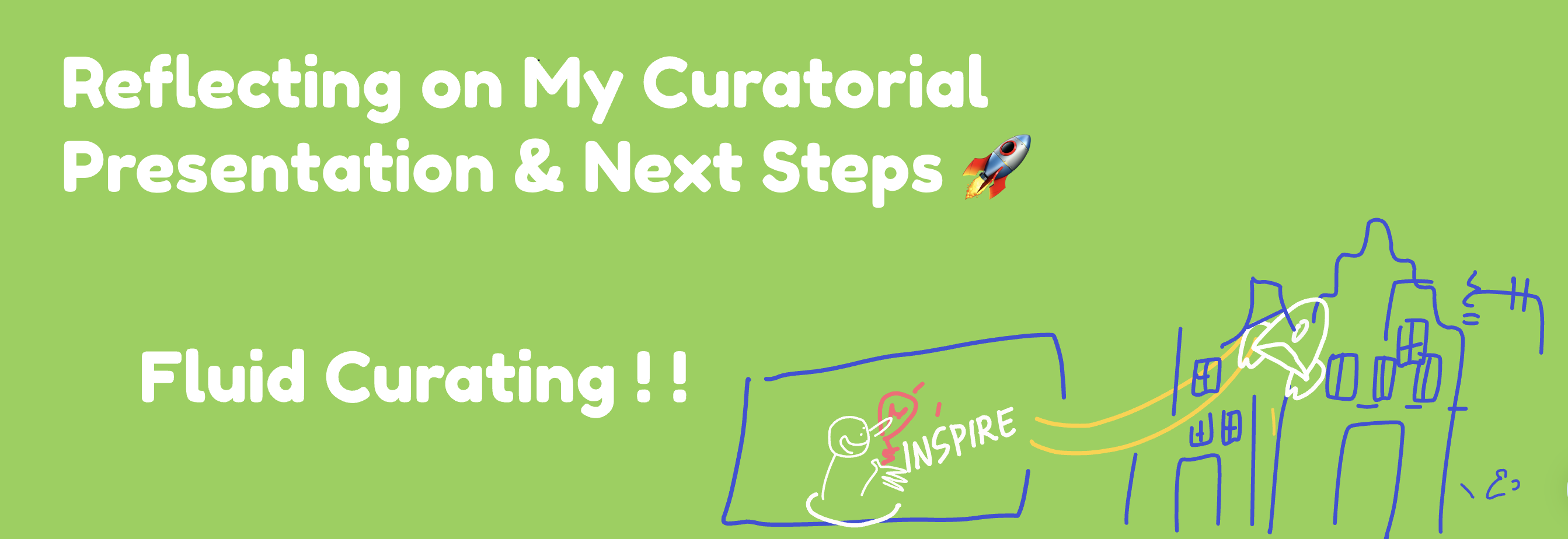 The past few weeks have been a whirlwind of ideas, refining concepts, and pushing my curatorial project,
The past few weeks have been a whirlwind of ideas, refining concepts, and pushing my curatorial project, 